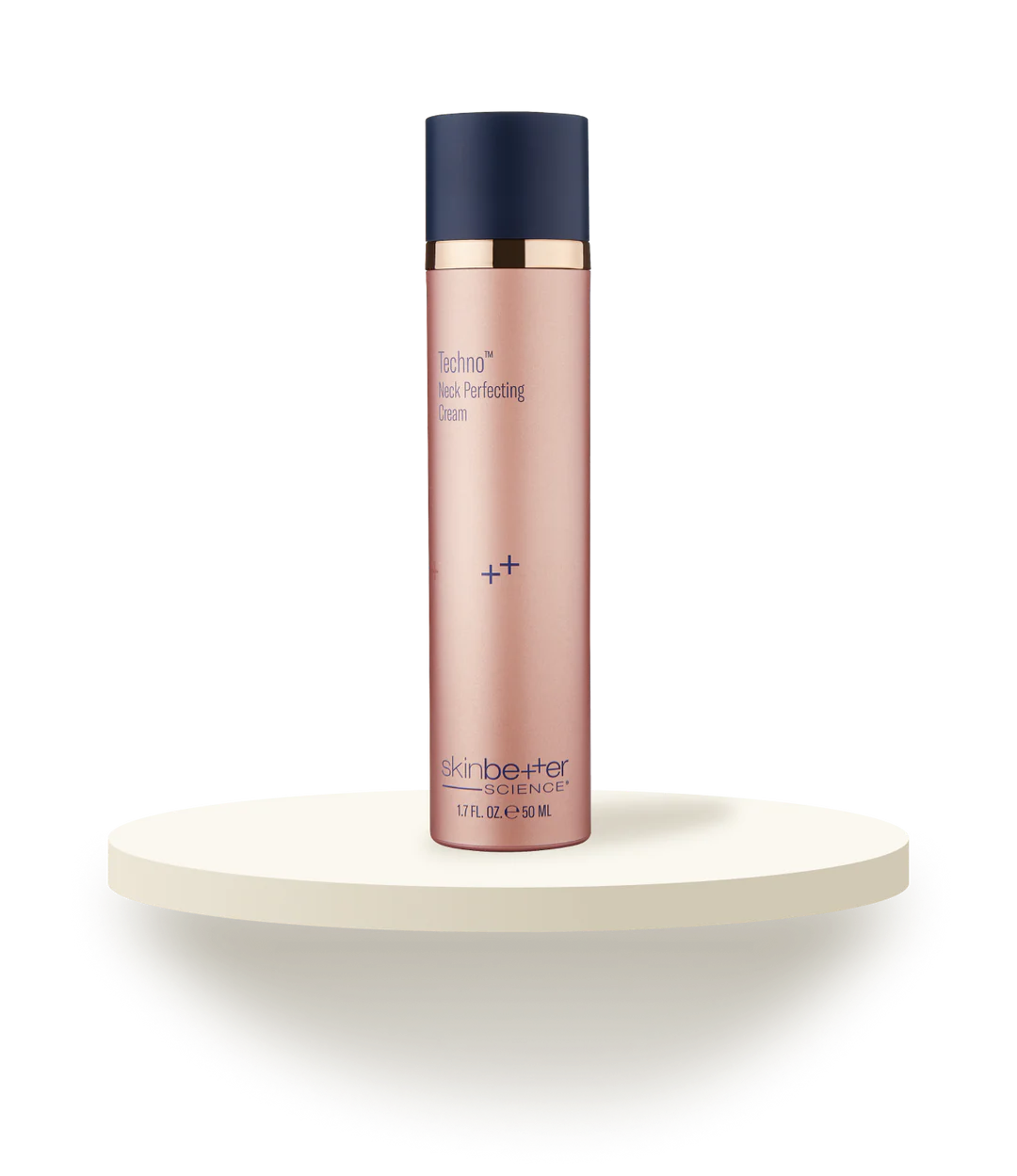Veins
Problems with the small valves in the veins, a sedentary lifestyle, excess body weight, pregnancy, family history, age, and gender can all contribute to the development of venous insufficiency. Here’s how to fix it.
Most of us probably take for granted how hard our hearts and blood vessels work. It’s not until we notice issues in our cardiovascular health that we consider how integral this system is to our daily life. Chronic venous insufficiency is a condition involving the veins of the body that can cause poor vein appearance and discomfort. Let’s deep dive into our blood vessels to get a better understanding of how this amazing system works.
Blood vessels are the foundation of life. Literally, they carry blood around the body to ensure all of your cells get enough oxygen and nutrients, and all of your metabolic waste is eliminated properly.
While “vein” is mostly used as a catch all term for blood vessels, the vascular system compromises arteries, capillaries, and veins. Arteries carry oxygenated blood away from the heart to body tissues. Veins carry deoxygenated blood from tissues back towards the heart. Capillaries are the vessels that connect arteries to veins where oxygen exchange takes place. For the purposes of this discussion, we will only be referring to veins.
So what causes vein issues? If you think about the job of veins they function to (in most cases) defy gravity and bring blood back towards the heart. They accomplish this feat through the use of a pump (the heart), contractions in the walls of the veins, contractions of large muscle groups, and one-way valves. Issues with any of these areas can cause a myriad of conditions.
We’re going to focus on the cosmetic concerns related to veins, but it is important to remember that it's called the cardiovascular system for a reason. Issues with blood vessels can be an indication of an underlying heart or other body system disease. Basically, make sure you’re assessed by your medical professional.
Problems with the small valves in the veins, a sedentary lifestyle, excess body weight, pregnancy, family history, age, and gender can all contribute to the development of venous insufficiency. When the veins no longer function appropriately, fluid back up can cause pain, swelling, and in more severe cases clotting (blockages).
When it comes to venous insufficiency and it’s manifestations, there are two different classifications ranging in severity.
As we mentioned previously, the first step in seeking treatment for vein issues is to have a full evaluation by your medical provider. Remember that vein problems are not always, but can be indicative of, serious medical concerns that would benefit from timely intervention.
Once you’ve been evaluated by your provider, and spider veins or varicose veins have been diagnosed, it is reasonable to consider a vein treatment for aesthetics and quality of life.
When it comes to vein treatments, there are a few self-care lifestyle modifications that can be trialed prior to pursuing more invasive therapies. Avoiding long periods of sitting or standing and partaking in regular physical activity are excellent ways to promote circulation and cardiovascular health. Losing excess weight and maintaining a healthy diet will also contribute to vascular health. Additionally, those who wear compression stockings can facilitate blood flow and improve circulation.
When the at home treatments are not entirely effective, there are professional treatment options that can provide safe, effective, and immediate results.
Laser Treatment procedures are effective in treating both cases of varicose and spider veins. For spider veins, sclerotherapy or endovenous light therapy (ELVT) is recommended. For the treatment of varicose veins, endovenous laser or radiofrequency ablation using a catheter is the preferred treatment.
Ligation and Vein is a surgical procedure that works to remove the enlarged varicose veins before they connect to deeper veins and larger veins.
For more information on the treatment options listed above, check out our guide to Vein Solutions.
